The Real Deal Behind House Flipping Numbers
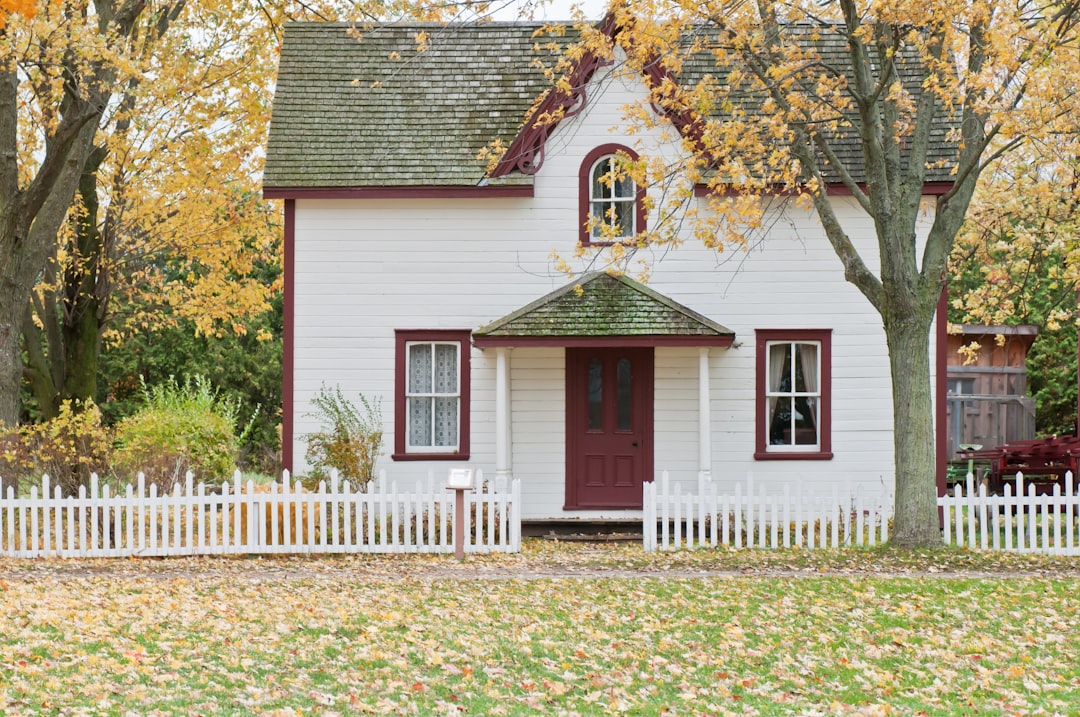
Here’s a fact that might surprise you: the median resale price of flipped homes nationally in Q1 2024 was $312,375, generating a gross profit of $72,375 above the median investor purchase price of $240,000. That’s not pocket change we’re talking about. But before you get too excited, you need to understand that this isn’t the same market your neighbor made a killing in during 2016. In 2024, the average ROI was down to 30% but profit was $72,000, compared to an average ROI of 54% and an average gross profit of $65,000 back in 2016. The game has changed, but it’s far from over. Smart investors are still making money – they’re just having to work harder for it.
High Interest Rates Are Crushing Your Competition
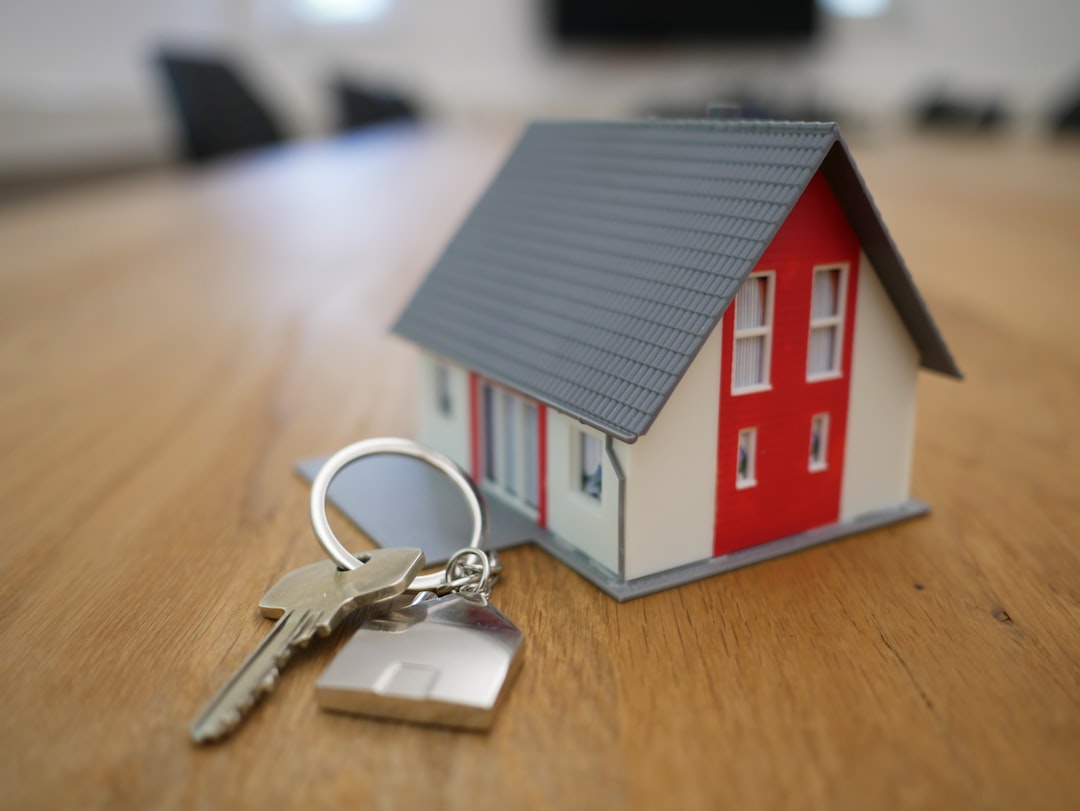
As of early 2025, 30-year fixed mortgage rates are projected to remain elevated, averaging around 7% throughout the year. These sustained high rates present significant challenges for house-flipping investors, creating increased financing costs and reducing buyer purchasing power. Think of it like this: when money costs more to borrow, fewer people can afford to buy your finished product. “As interest rates remain double what they were a few years ago and inflation keeps raising renovation costs, investors continue to have a tough time,” said Rob Barber, CEO of ATTOM. However, this same challenge is forcing many amateur flippers out of the market, potentially creating more opportunities for those who can navigate these waters.
Pennsylvania Is the New Gold Rush
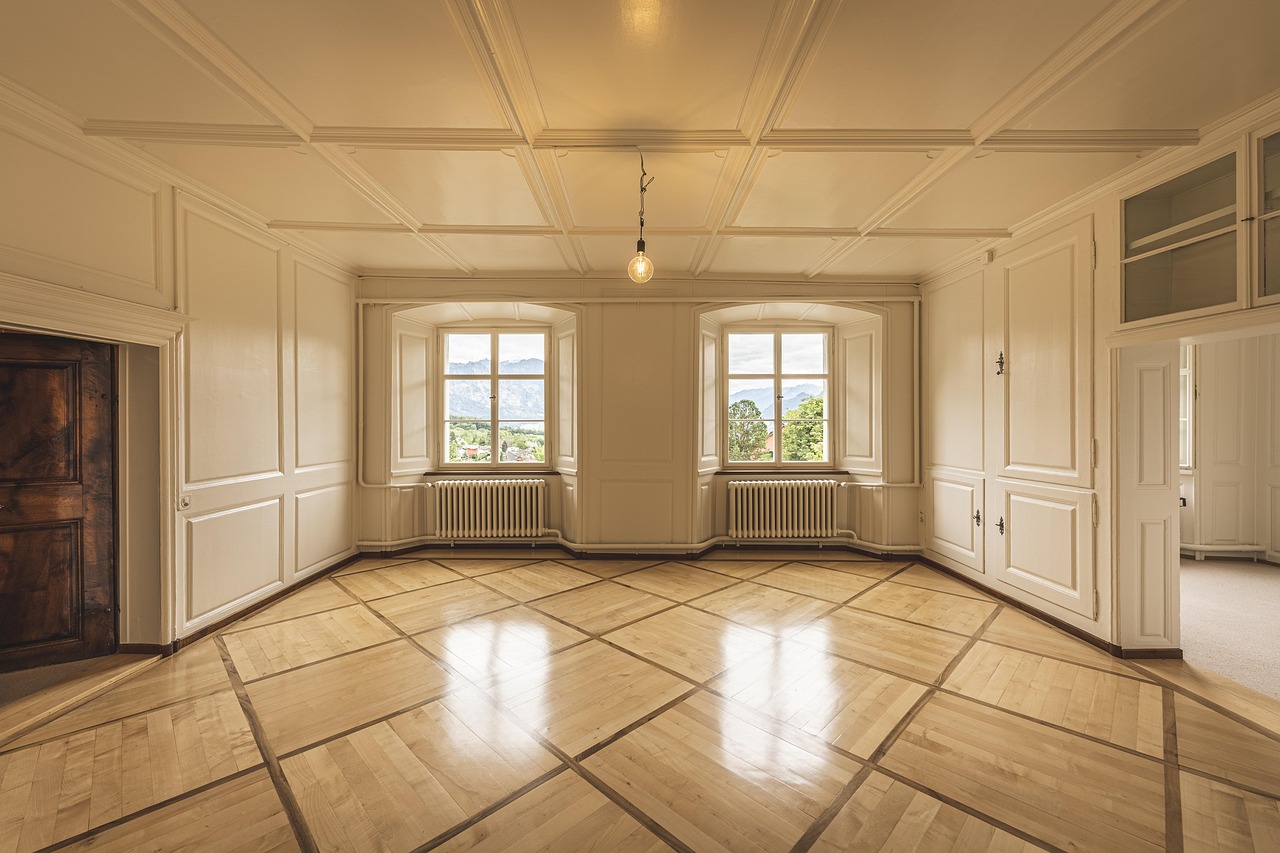
While some markets are struggling, others are absolutely crushing it. Homes flipped in Pennsylvania generated the largest return on investment in 2024, providing an 83.8% return on average. That’s not a typo – we’re talking about returns that would make stock market investors weep with envy. Pennsylvania generated the largest statewide ROI in Q2 2024 at 80.2%, while Ocala, Florida, had the best returns among metro areas at 141.5% ROI in Q3 2024. The key is knowing where to look. Pittsburgh alone is delivering an average of 105.3% return on investment in 2023, making it one of the hottest flipping markets in the country.
The Housing Shortage Is Your Secret Weapon

The persistent shortage of housing in the United States is estimated to be 4.5 million homes and growing. This isn’t some abstract economic concept – it’s your competitive advantage. Seven million. That’s the staggering gap between new households and the single-family homes built from 2012 to 2023. Enter house flipping — a smart way to meet the high housing demand without breaking the bank. When supply is tight and demand is high, smart flippers who can deliver quality renovated homes have buyers lining up. The shortage means less competition for sales and more desperate buyers willing to pay premium prices for move-in ready properties.
Cash Is Still King in This Game
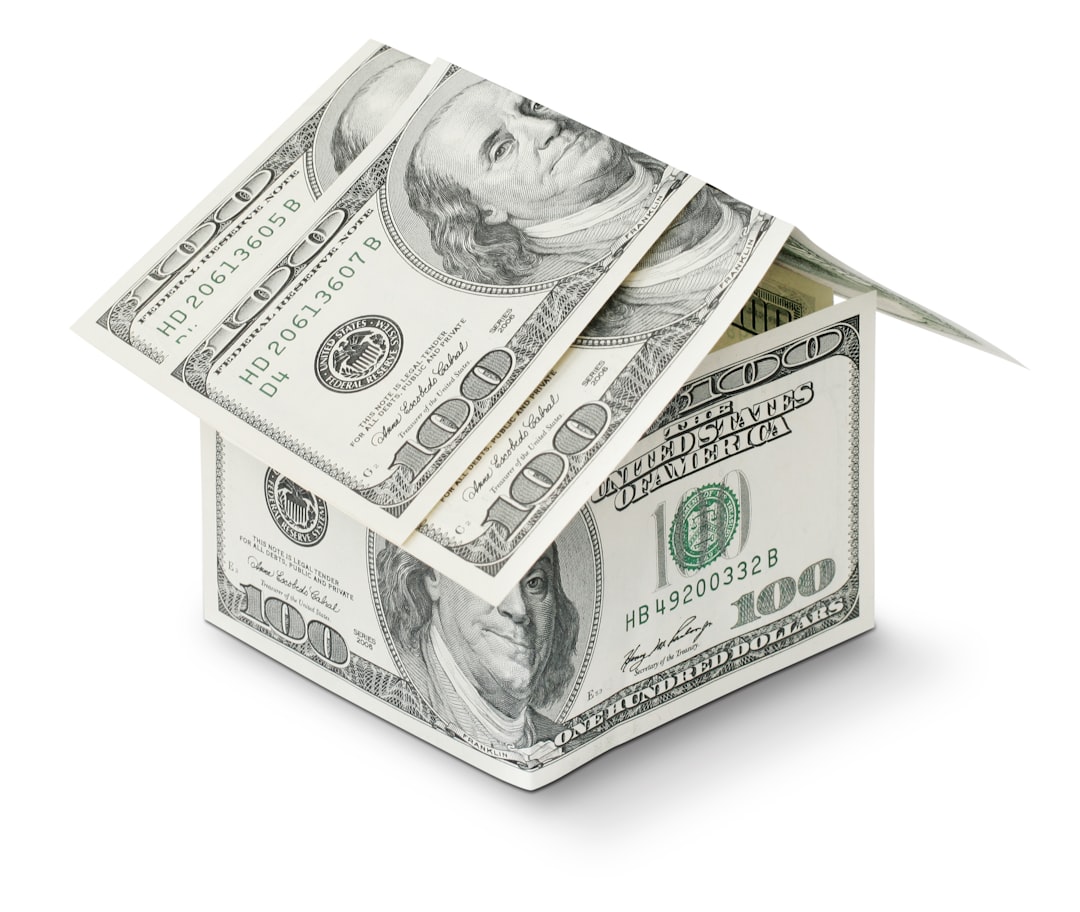
Here’s where the real players separate themselves from the wannabes: Nationwide, 63.8 percent of homes flipped in the first quarter of 2024 had been purchased by investors with cash. That was virtually the same as the 63.7 percent level in the fourth quarter of 2023. Cash buyers can move fast, negotiate better deals, and avoid the crushing interest rates that are killing financed deals. In Buffalo, 86% of fix and flip purchases being all-cash transactions, showing how critical liquid capital has become. If you don’t have cash, you’re already fighting with one hand tied behind your back.
Your Timeline Just Got Longer
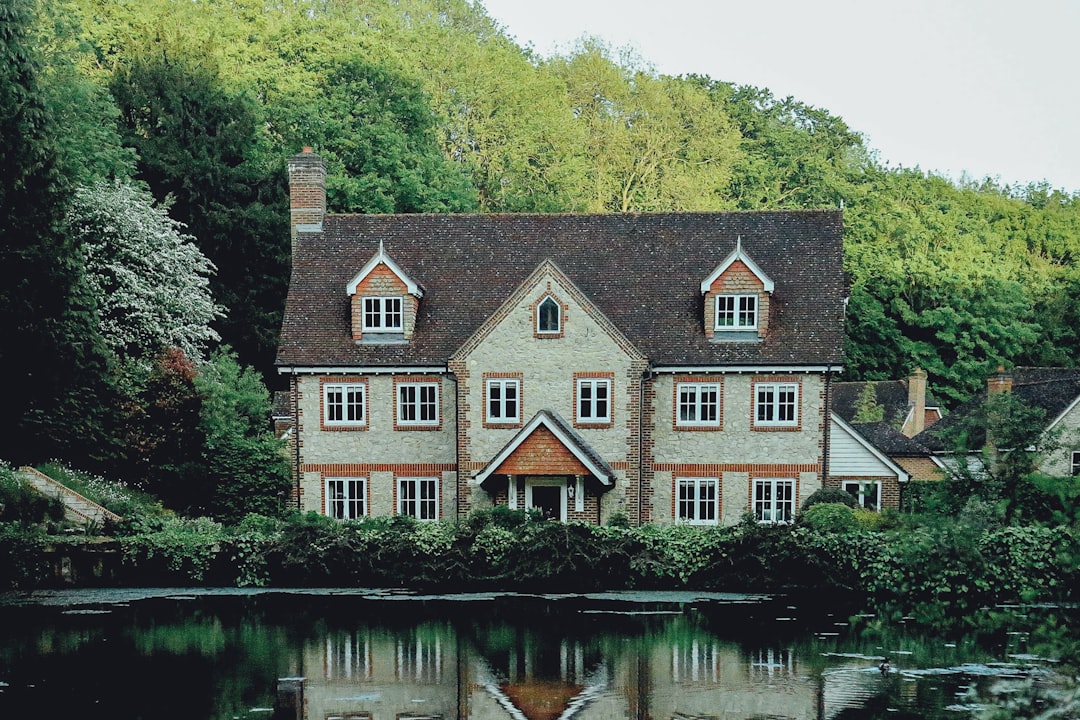
Remember when flippers bragged about 90-day turnarounds? Those days are gone. Home flippers who sold homes in 2024 took an average of 162 days, or about 5 ½ months, to complete the flips. That’s nearly two extra months compared to the glory days, and every extra day costs money in holding costs. The average time to flip a home in 2024 is around 166 days (5.5 months), with Colorado having one of the fastest turnaround times at 147 days. Factor this extended timeline into your calculations, because carrying costs can quickly eat away at profits if you’re not prepared for the reality of today’s market.
Millennials and Gen Z Are Changing Everything
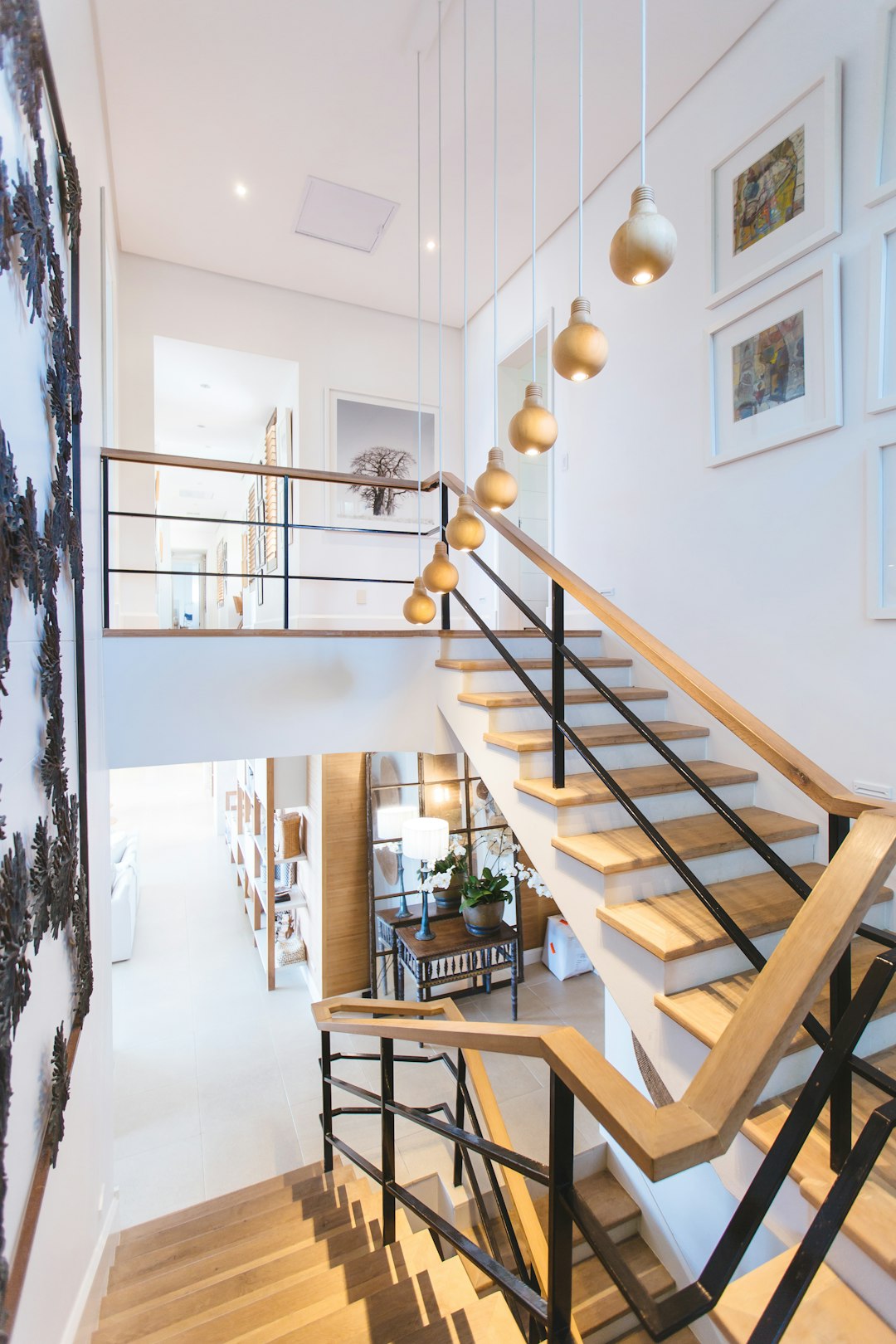
Millennials and Gen Z have become the largest demographic of homebuyers, and their demands are transforming the fix and flip market. Their demand is for homes that are move-in ready, fashionable, and full of state-of-the-art amenities. This isn’t your parents’ house flipping market where a fresh coat of paint and new carpet would suffice. Young buyers don’t like repairs or renovations. They’re searching for homes that are renovated and move-in ready. You need to think smart home technology, energy efficiency, and Instagram-worthy kitchens. These buyers have money, but they want perfection delivered on a silver platter.
The Best Markets Are Hiding in Plain Sight
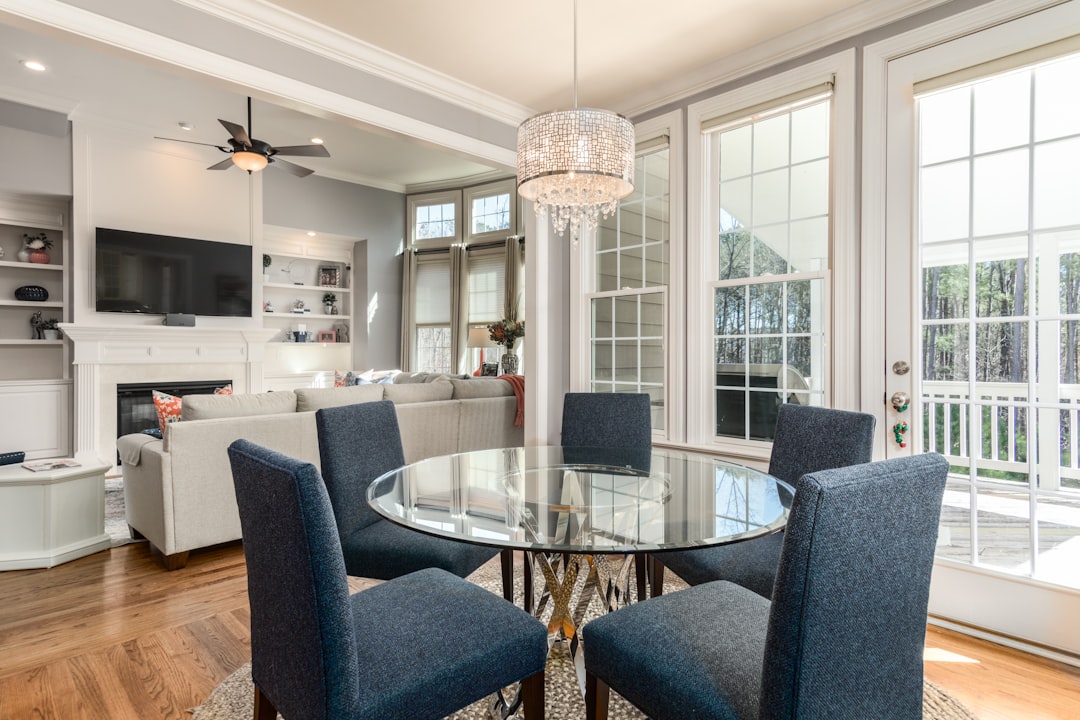
While everyone’s fighting over the obvious coastal markets, smart money is moving to unexpected places. Buffalo presents a unique opportunity for house flippers in 2025. The city’s emerging real estate market is marked by a growing HPI, signaling increasing property values and investment potential. Fayetteville, North Carolina stands out as one of the best places to flip houses in 2025, and the statistics reflect its potential. With a median home value of $214,294, it offers affordable housing opportunities. These markets offer the perfect storm: low acquisition costs, growing demand, and less competition from institutional investors.
Rising Construction Costs Are Killing Profit Margins
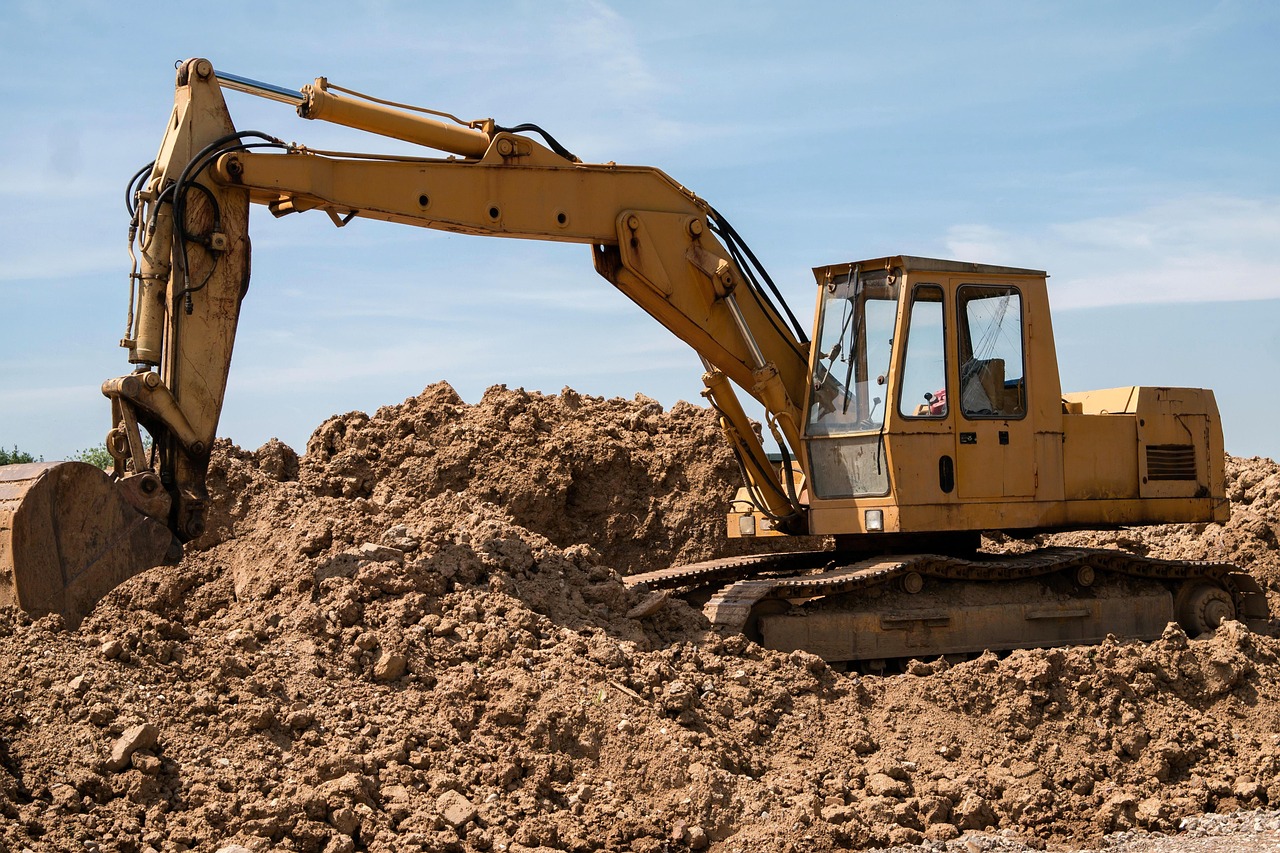
One of the most daunting issues facing the fix and flip industry is increased labor and materials costs. Disruptions to the supply chain and inflation have resulted in increased prices, leaving it more difficult for investors to budget. Material costs that used to be predictable are now wildly volatile. Renovation costs in Colorado typically range from $15 to $60 per square foot, depending on the scope of work and quality of materials. For example, a 2,000-square-foot home could cost between $30,000 and $120,000 to renovate. The days of quick, cheap cosmetic flips are largely over. You need bigger budgets and better planning to survive in this environment.
Technology Is Your New Best Friend

Technology is revolutionizing the fix and flip space, making it more convenient than ever before to analyze properties, project manage, and promote listings. Project Management Tools: Software like Buildertrend or CoConstruct can help your clients stay on budget and schedule. The successful flippers of 2025 aren’t just good with hammers and paint brushes – they’re tech-savvy operators using data analytics to find deals and virtual staging to sell properties faster. Virtual staging and 3D tours can make listings more attractive to buyers, particularly in competitive markets. If you’re still operating like it’s 2010, you’re already behind.
The Financing Game Has Completely Changed
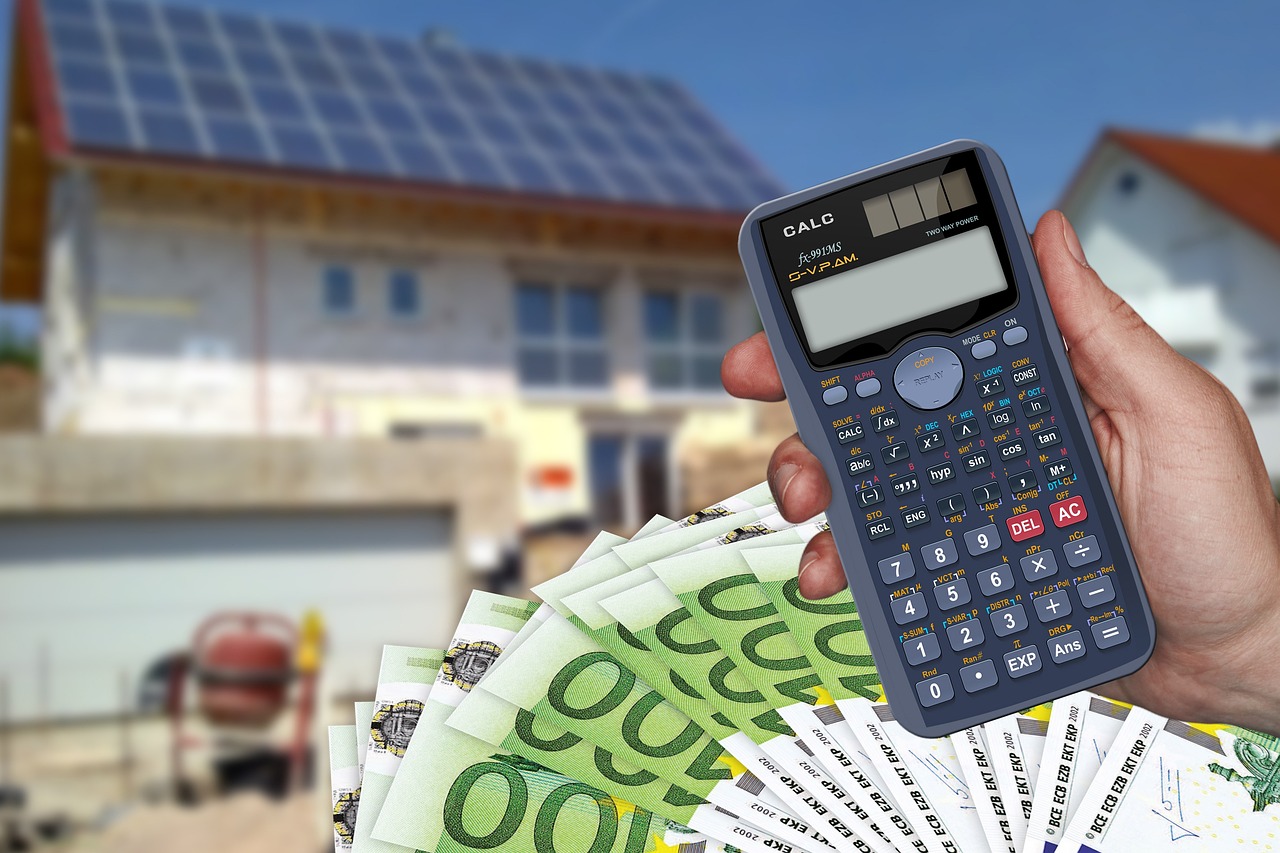
Conventional lenders are reluctant to finance fix and flip projects because they perceive them as risky. That’s where private lenders enter the picture. Traditional bank financing for investment properties has become nearly impossible for most flippers. The most common financing method is hard money loans, with interest rates ranging from 9% to 15% in 2023. You need relationships with private lenders, hard money lenders, or enough cash to play without financing. The financing landscape favors established investors with track records and deep pockets, making it harder for newcomers to break in.
Avoid These Deadly Mistakes or Lose Everything
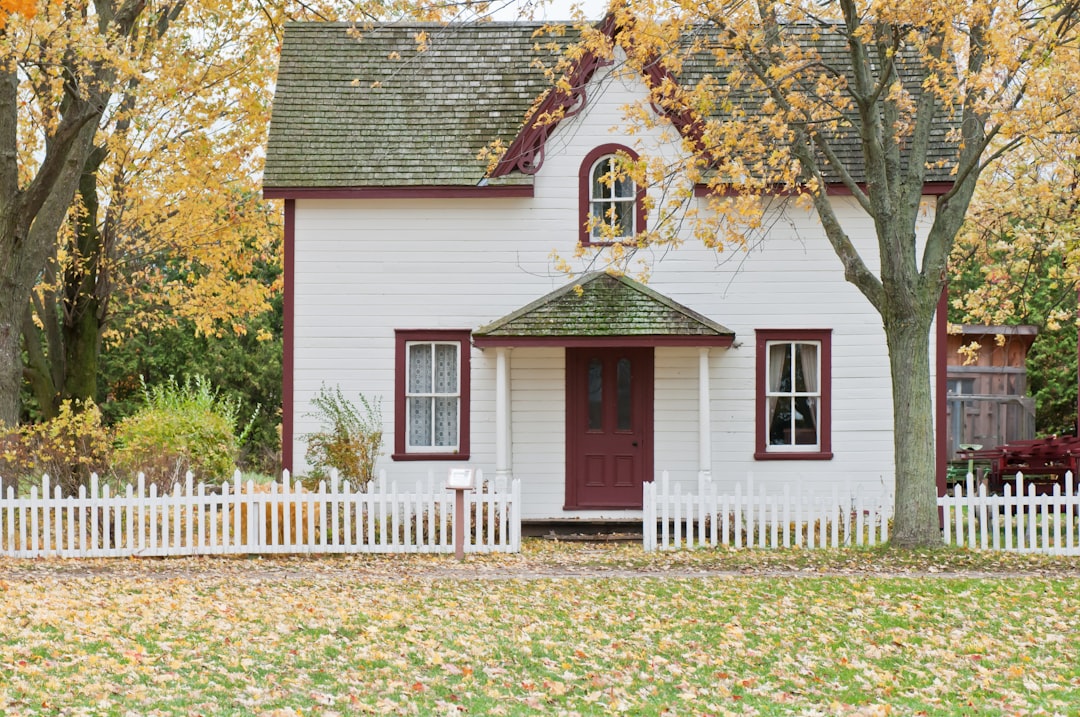
Professional flippers often use the “70% rule”: Never pay more than 70% of a property’s after-repair value minus renovation costs. This rule is more critical than ever in today’s tight-margin environment. Overestimating your skills can cause almost as many problems as underestimating your expenses. A key part of flipping houses and turning a profit is self-awareness. The biggest killers in 2025 are overestimating your abilities, underestimating costs, and choosing the wrong location. Over-improving a property can lead to financial problems, as you may not be able to recoup the costs of the improvements when you sell the property. For example,



